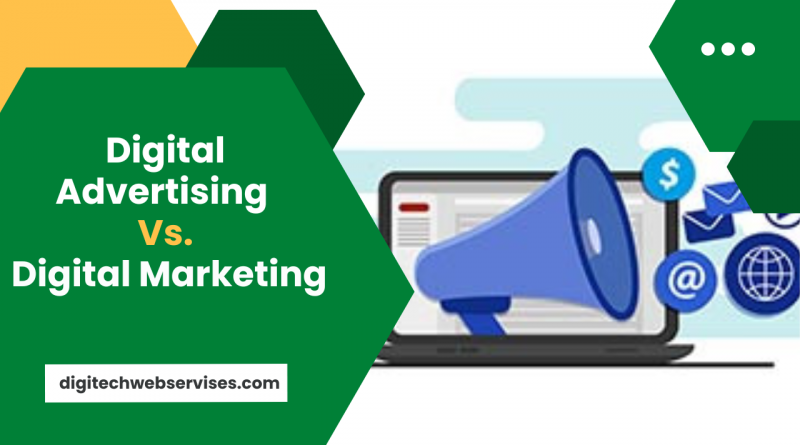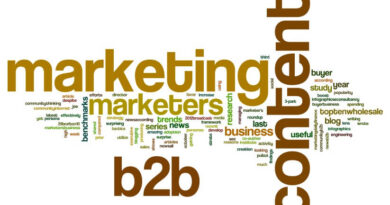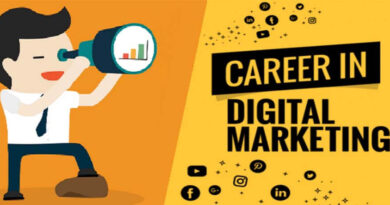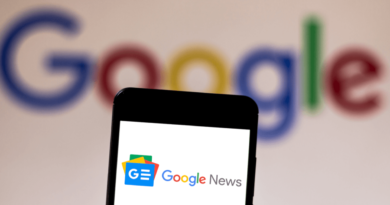what digital advertising and why it is different from Digital Marketing
Digital advertising transformed the way brands connect with their target audience and consumers in general.
A few years ago, companies were limited to offline media, such as brochures, business cards, outdoors, and – for those with capital – television, radio, and print ads.
However, today the Internet opens the doors of advertising so that any business can find its audience, spread its brand and make online sales. Banners, sponsored links, social networks, Email Marketing … there are infinite channels and formats that you can take advantage of!
Now, you are about to understand everything about digital advertising, for example: what it is, why it is worth investing in it, what the types are and, especially, how to get results this way.
Keep reading!
What is digital advertising?
Table of Contents
Digital advertising is all the ways to publicize a brand and its products or services through digital devices or channels.
In addition, beyond promoting, it allows you to connect with the target audience and create a relationship with consumers.
Changing consumer behavior and the evolution of technology were the drivers of digital advertising. People started using the Internet for everything from solving a simple question on Google to buying a refrigerator in an electronic store.
For this reason, in recent years the Internet has become a place where companies have to be yes or yes. If the public is in Google, social networks and blogs, the marks should mark their presence in these spaces.
Likewise, different ways have emerged in which brands connect with consumers through the Internet. Consequently, in recent years, digital advertising has become increasingly complex and powerful.
The diversification of formats, collection methods and public segmentation options have made the platforms more robust and full of possibilities for companies.
Difference Between Digital Advertising and Digital Marketing
Do you still think that digital advertising and Digital Marketing is the same thing?
Nothing happens, most people and professionals in the area treat them the same. But, there is a subtle difference between the two and we want you to know it.
Marketing, in a simple way, deals with the 4 P’s of marketing : Price, Product, Place and Promotion.
This 4-pillar concept determines how a brand is presented in the market. Logically, when it comes to Digital Marketing, these factors are thought of in the online environment.
The advertising , then, is a marketing tool because it is within P’s: Promotion. It is one of the ways that companies promote their brands and products to the public, and digital advertising is the tool to do it in online media.
You can already understand that digital advertising is a tool of Digital Marketing. Therefore, in practice, many people see them as synonyms.
What are the benefits of digital advertising?
It is no coincidence that so many brands adopted digital advertising. And there are multiple benefits to doing so, especially for small businesses.
Here we present the most relevant advantages:
Scope
The Internet has no borders. You can talk via instant messaging with your friends in the neighborhood or with one who has moved to the other side of the planet. It is also important to note that: everyone is on the Internet!
That means that digital advertising is capable of increasing the reach of a company, not only to publicize its brand, but also to sell its products in an e-commerce.
Segmentation capacity
Have you heard of Big Data ? This refers to an enormous amount of data that is stored on the Internet and among its advantages is analyzing and providing infinite information about consumers.
They can then be used to segment your audience and design your promotions for a specific audience.
Charge for results
Paid media on the Internet has a great advantage over offline channels: you don’t pay in advance.
On the Internet, it is only charged when the desired result is obtained (clicks, visits to a website, conversion, etc.). Then the following forms of collection arise:
- cost per click (CPC);
- cost per thousand impressions (CPM);
- cost per acquisition (CPA).
Measurement
Another great advantage, thanks to Big Data, is the ability to quantify and qualify the results of digital advertising.
You can know exactly how many people viewed an ad, how many clicked, and how many sales were made this way.
In this way, it is possible to measure more precisely the ROI (Return on Investment) or return on investment, one of the main strategic indicators.
Multiple formats
Forget limiting yourself to 30-second images, audios, and videos. Digital advertising allows you to use everything from simple texts on sponsored links to a web series with several chapters on YouTube.
Creativity is who limits the possibilities of formats to spread a brand.
Make small businesses competitive
The great advantage it contains is the democratization of advertising. Because astronomical capital figures are not needed to spread your brand on online channels.
There are organic ways, which do not require monetary investment, such as blogs and social networks. But, when you start to put money, you can start with what you have and gradually increase it.
What types of digital advertising can be used?
Now, let’s talk about the main types of digital advertising and divide them into paid and organic.
However, it is not a definitive list: there are many formats and, at any time, new options may arise. In digital advertising, it is important to be up to date with the news that may appear.
Read More: Digital Marketing Consultant
Payment means
They are those made through platforms that require a charge for their services. The main channels are:
- Sponsored links : text ads that appear at the top of search engine SERPs (Google, for example).
- Media display : visual ads (images, animations) that appear in content for web pages.
- Social Ads : Ads for social networks, with various formats. Facebook Ads , Instagram Ads , LinkedIn Ads , Twitter Sponsored Tweets and YouTube Ads are the most used.
- Mobile Ads : all forms of targeted advertising for web pages and applications for mobile devices (phones, tablets).
- Google Shopping : Product ads that appear in search results with information on price, brand and place to buy.
Organic media
They are those in which the brand is disclosed without the need to pay to register or link it.
This does not mean that there are no indirect costs, such as hiring, training or third-party service tools. So, now we show you the main organic advertising strategies:
- SEO (Seach Engine Optimization) : optimization of the pages on a website so that they appear well positioned in the organic results of the search engines.
- Social Networks : advertising through post and interaction with the audience on social platforms.
- Email Marketing : sending emails (generally automated) to advertise offers and strengthen the relationship with the target audience.
- Blog : publication of articles on the area that the company is engaged in with the intention of attracting users and improving search engine rankings.
- Guest Post : Guest posts on the blog of a brand partner to attract a new target audience and generate more visitor traffic.
5 tips to enhance the results of digital advertising
Digital advertising became popular. Today, any business can use digital channels and, therefore, digital competitiveness has also increased.
Whoever wants to capture the attention of consumers needs to differentiate themselves, adopting good practices in digital advertising. Here we will give you 5 tips so you can get positive results.
1. Keep the focus on the brand experience
The consumer is no longer looking for companies or products. It needs good experiences with the brands, that transmit confidence, offer solutions and provide positive emotions.
Digital advertising, then, is within this context. Among the tasks to be done in the digital environment, the customer experience must take first place.
How does this publication generate value for the consumer? This is the first thing to think about!
2. Focus on a segment of the public
This is one of the highest value spreads, so don’t waste it!
First, it is necessary to know the buyer persona well and define the objectives of the strategy. With this information, announcements are made based on the ideal audience, to make it more accurate.
3. Trial and error
Will the ad drive conversions? Is the email title good? Do not stop because of doubts: carry out tests and adjust if necessary.
In digital advertising, evaluations can be made with a small audience test with a version of the page, email, post or advertisement. So before you get frustrated with negative results, first understand what works and what doesn’t.
4. Invest in Remarketing
Remarketing is the action of once again impacting a user who made an interaction with a site, to read a blog post or make a purchase. It can be through email, sponsored links, media display or Social Ads.
It is one of the most effective strategies of digital advertising, since consumers have shown interest in some brand and they just need to be reconquered!
5. Look at the practical results for your company
Did your post earn a lot of likes? Was your article read by multiple users? Brilliant!
What matters most is whether this has served the business and the objectives of your marketing strategy.
Don’t waste time with vanity metrics. The focus should be on the key performance indicators, which show the actual results of digital advertising for your business.
In short, digital advertising is an excellent way to connect with your audience. In addition, it takes advantage of marketing strategies and research to attract the attention of the consumer in the channels that they use the most in their day to day.
Don’t forget that due to the great diversity of platforms, formats, channels and segmentation possibilities, today you have an arsenal of resources to enhance your marketing strategy and, also, one of its fundamental aspects: digital advertising.
Now, in our Definitive Guide to Digital Marketing you can orient yourself on how to develop a strategy with powerful tools. Good reading!



